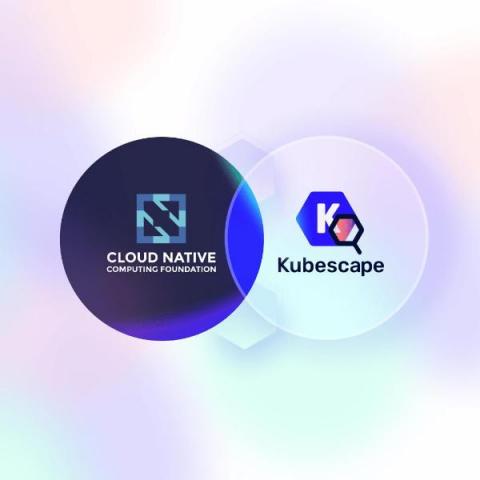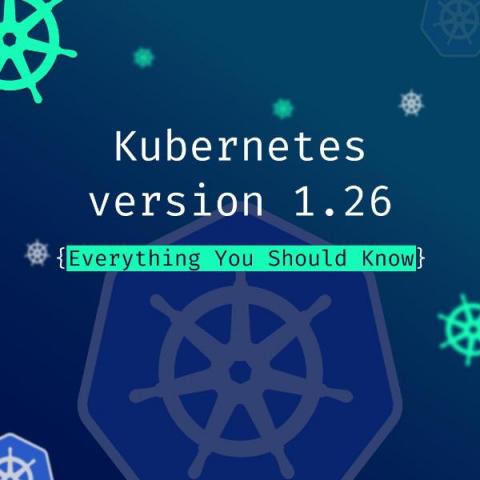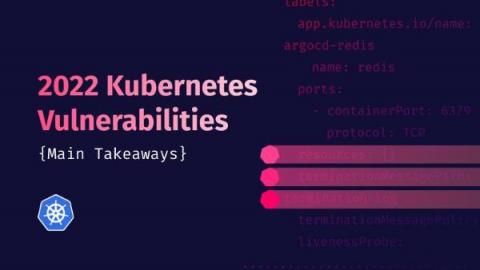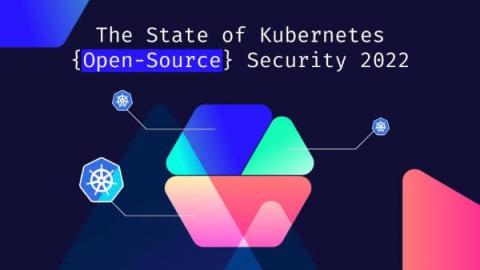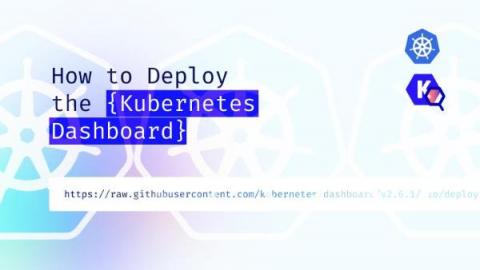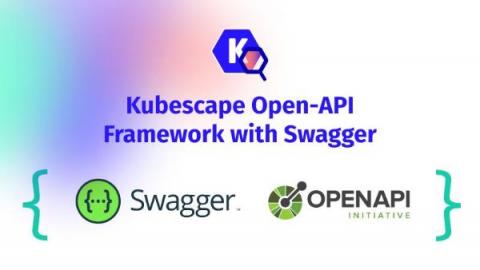CNCF accepts Kubescape as its first security and compliance scanner project
Kubescape, an end-to-end open-source Kubernetes security platform, embarks on a new journey. Kubescape, created by ARMO, will fully migrate to the CNCF. This coincides with the launch of ARMO Platform, a hosted, managed security solution powered by Kubescape.


